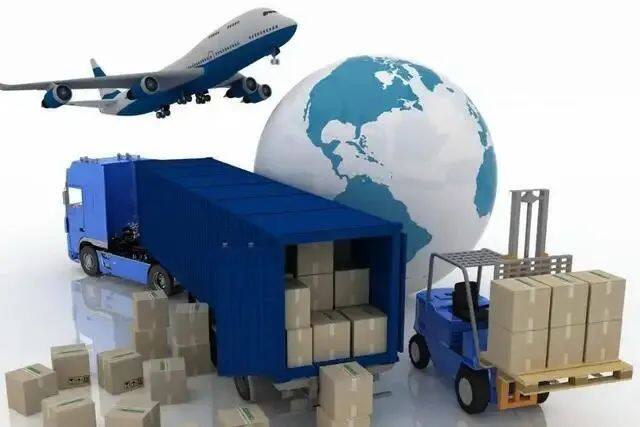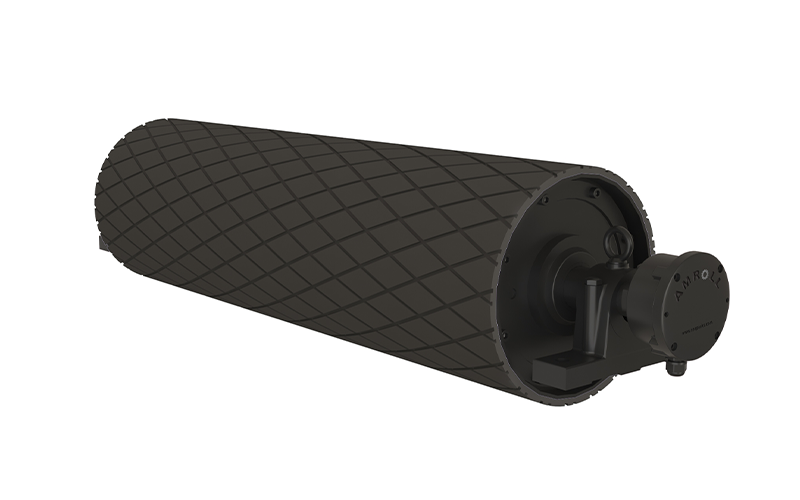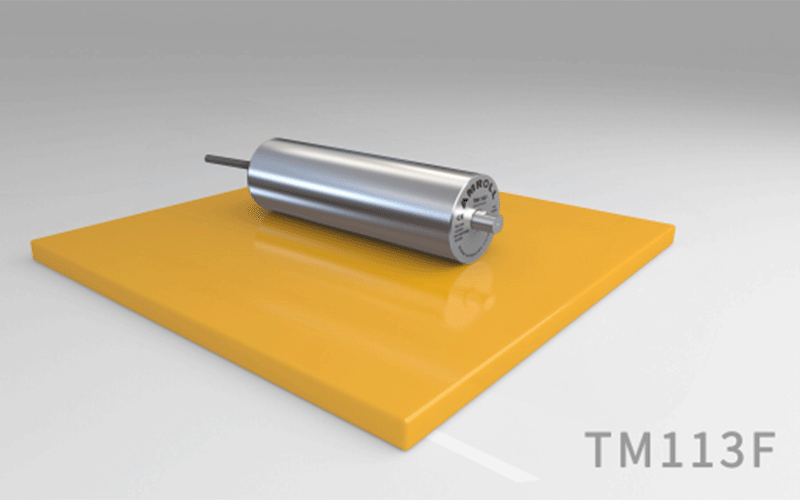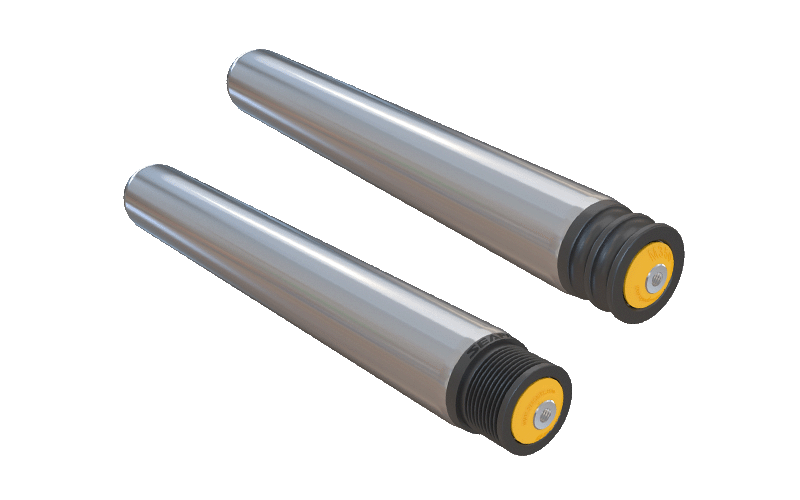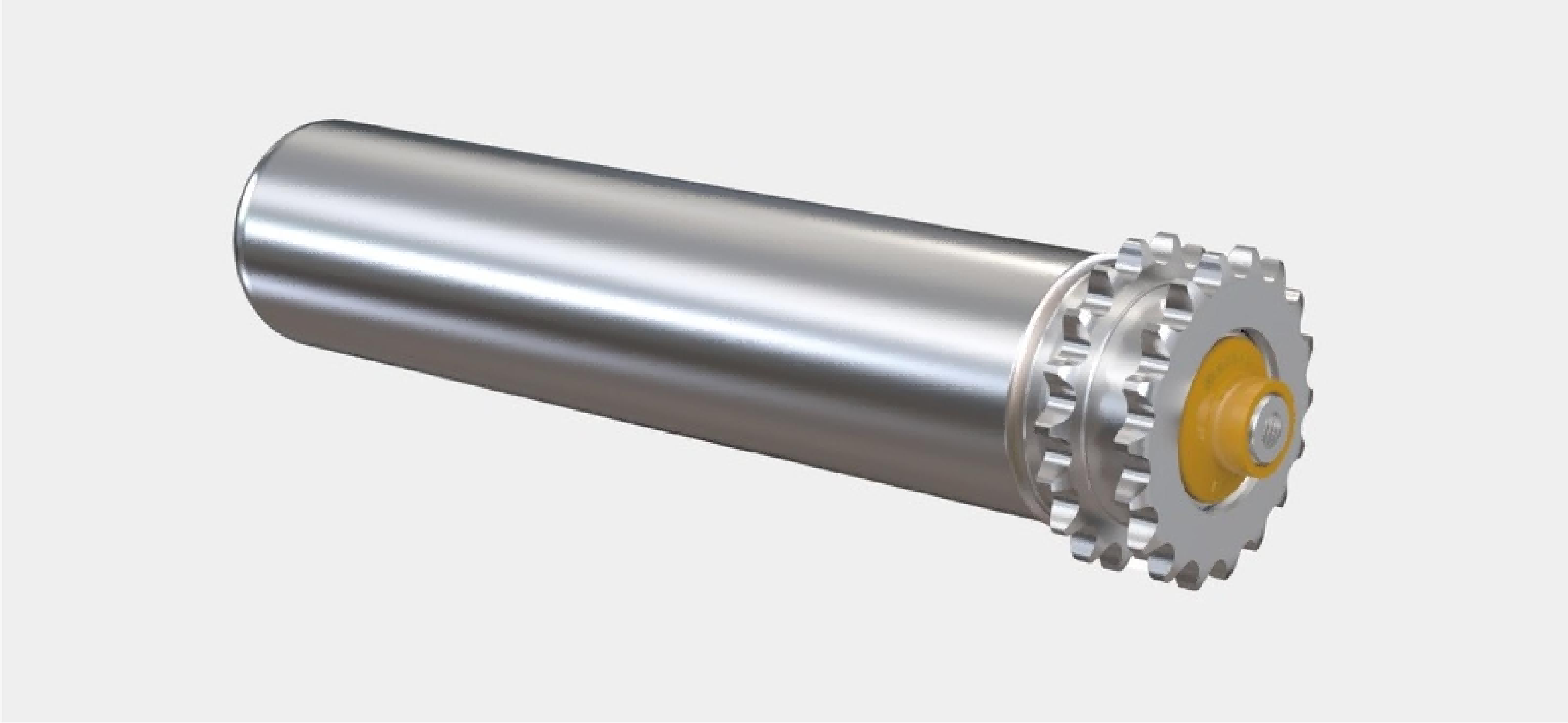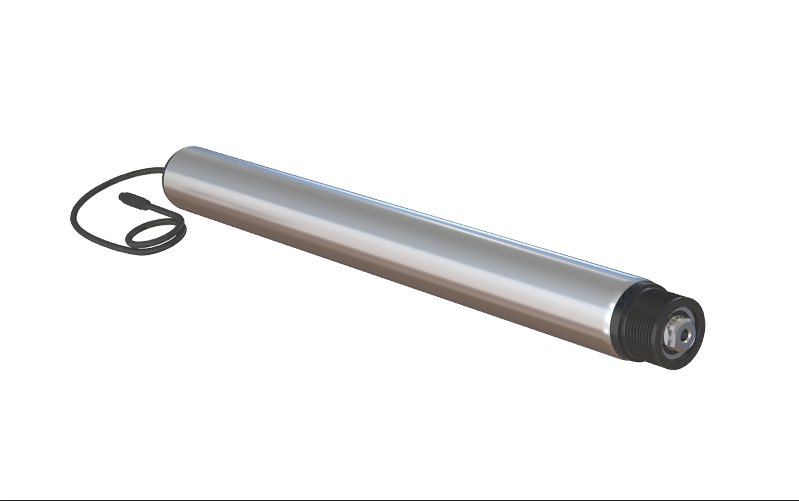The COVID-19 pandemic has persisted for nearly three years, exacerbating the global supply chain disruptions, and causing unprecedented impacts on global trade, shipping, and logistics systems.
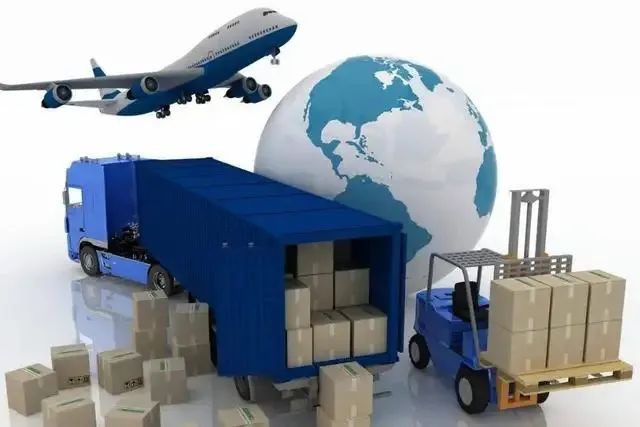
The challenges plaguing the global supply chain have become increasingly prominent amid the pandemic.
Especially in Western countries such as the United States and the United Kingdom, the tension in the supply chain has escalated.
The growing consumer demand
On one hand, manufacturers and retailers are struggling to meet the growing consumer demand. However, many stores and supermarkets face severe shortages, with empty shelves becoming a common sight.
Congested ports
Meanwhile, congested ports and insufficient transport capacity have led to increasingly severe ship congestion, with container piles stacking up like mountains at ports. The disruptions in the supply chain have brought serious challenges and impacts to the socio-economic life of these countries.
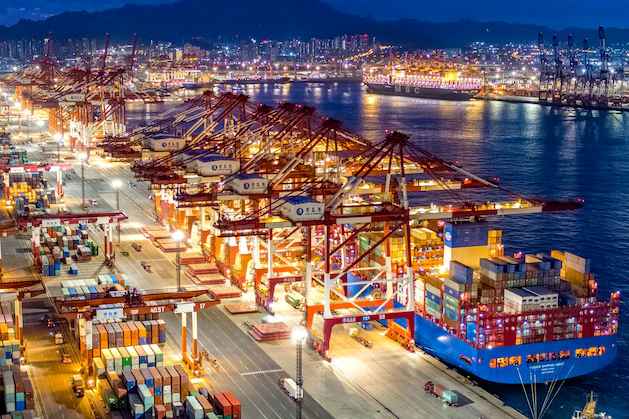
Many Factors Restricting the Import and Export of Aquatic Products
Faced with the U.S. sanctions against Russia, a large amount of crabs has been diverted to the East Asian market, resulting in a decrease in prices. Moreover, the quantity of king crabs and snow crabs exported to Japan, South Korea, and China has sharply increased, leading to price declines.

However, China is rich in aquatic resources, and the aquatic product processing industry has abundant raw materials, making it less subject to restrictions from other countries compared to other industries.
Current Development Status of China's Aquatic Product Processing Industry
Currently, with the continuous improvement of the living standards of Chinese residents, the consumption structure in China has been continuously optimized and improved. The proportion of aquatic products in the diet structure has been increasing, thereby promoting the continuous growth of the demand for aquatic product processing in China.

China's processed aquatic products mainly consist of frozen aquatic products. Data shows that the processing volume of frozen aquatic products is 15.32 million tons, accounting for 71% of the total, followed by dried and salted products, with a processing volume of 1.521 million tons, accounting for 7%. The proportions of fish paste products and algae processing products are 7% and 5%, respectively.
Water product processing involves both fishing and aquaculture production upstream, and distribution and consumption downstream, playing a pivotal role and function.

Modern water product processing and comprehensive utilization require standardized, standardized, procedural operations, and factory-like, assembly line production, which necessitates greater precision and refinement.
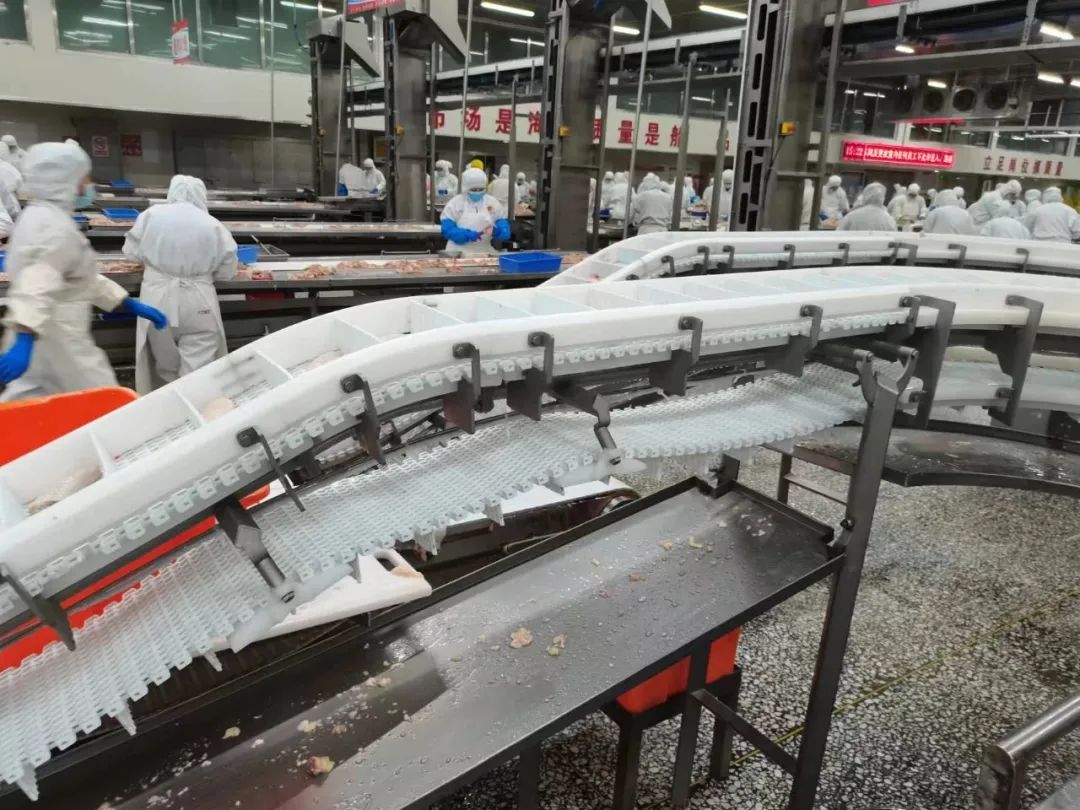
For example, processes such as cleaning, slaughtering, cutting, and segmenting allow edible parts to undergo rapid freezing or seasoning, steaming, and baking, facilitating factory-like, assembly line, and integrated production.
Food processing breaks the traditional conveyor system.
These processing processes cannot be separated from conveyor belts, which connect each production process through these advanced conveyor systems.
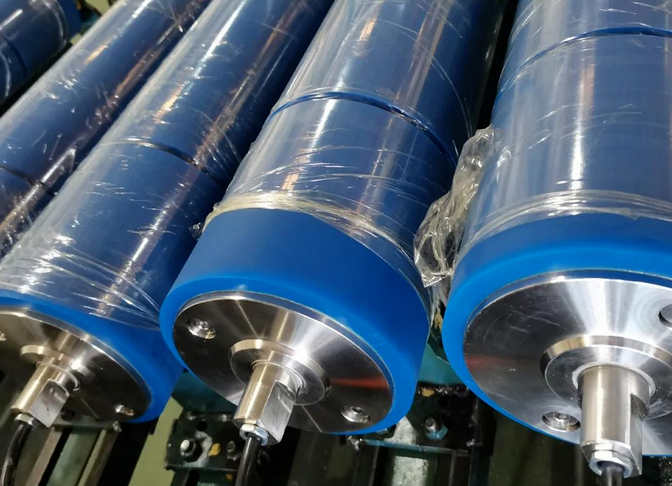
The drum motor is the core component of the belt conveyor, and different types of drum motors are matched according to the conveying requirements of different processing products.
The replacement of gear reducers by drum motors as the driving devices for conveyors represents technological progress. Compared with gear reducers, drum motors have a more sophisticated structure, smaller footprint, and lower maintenance costs. This makes the conveyor more convenient to operate, thereby improving the conveying efficiency.
